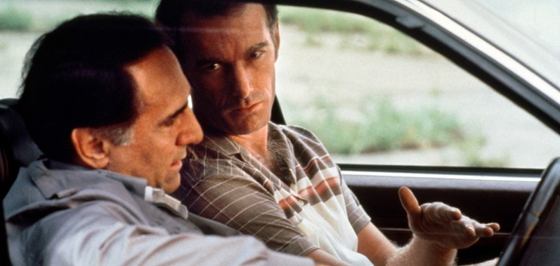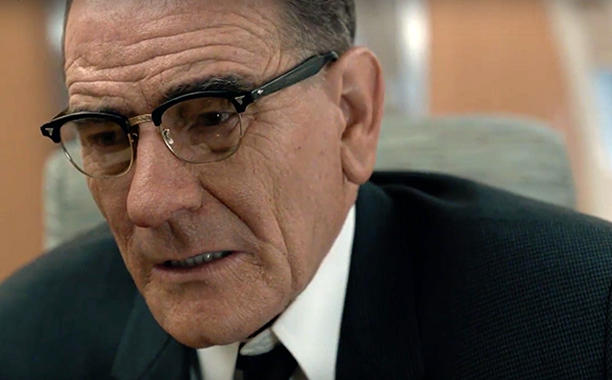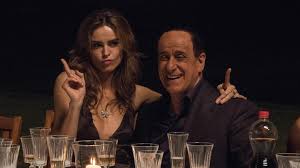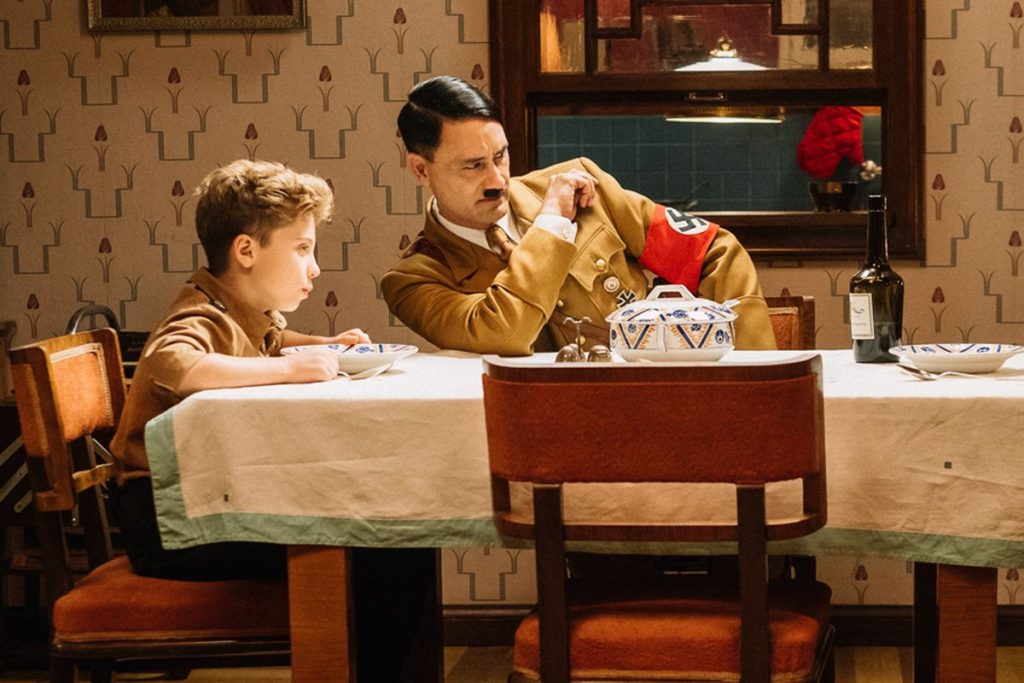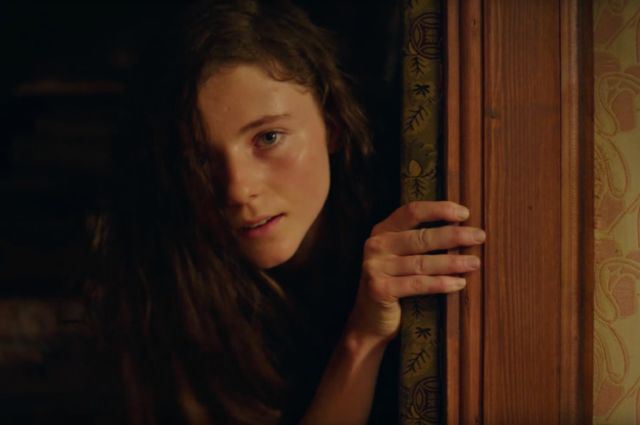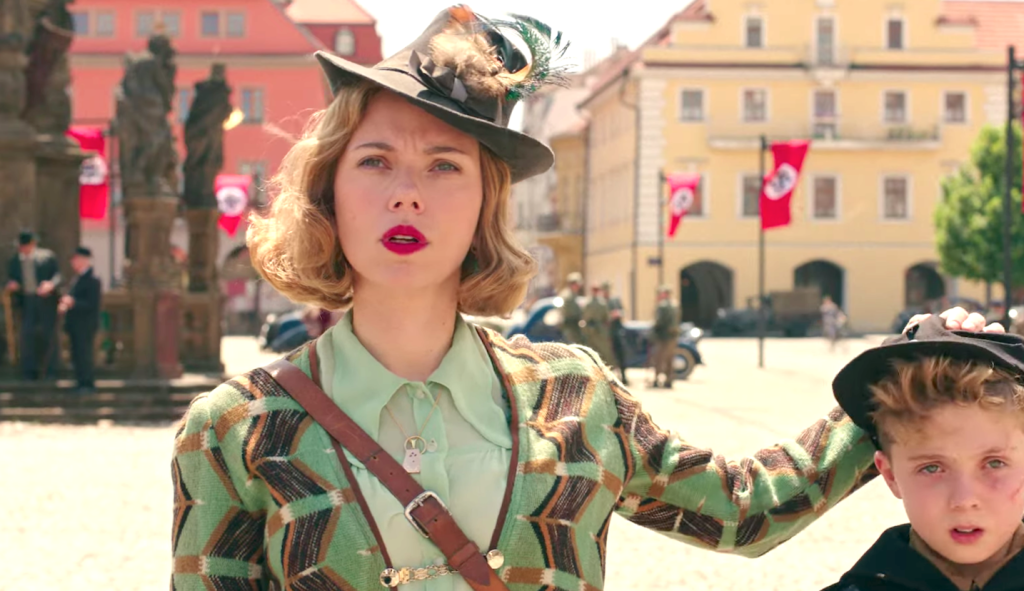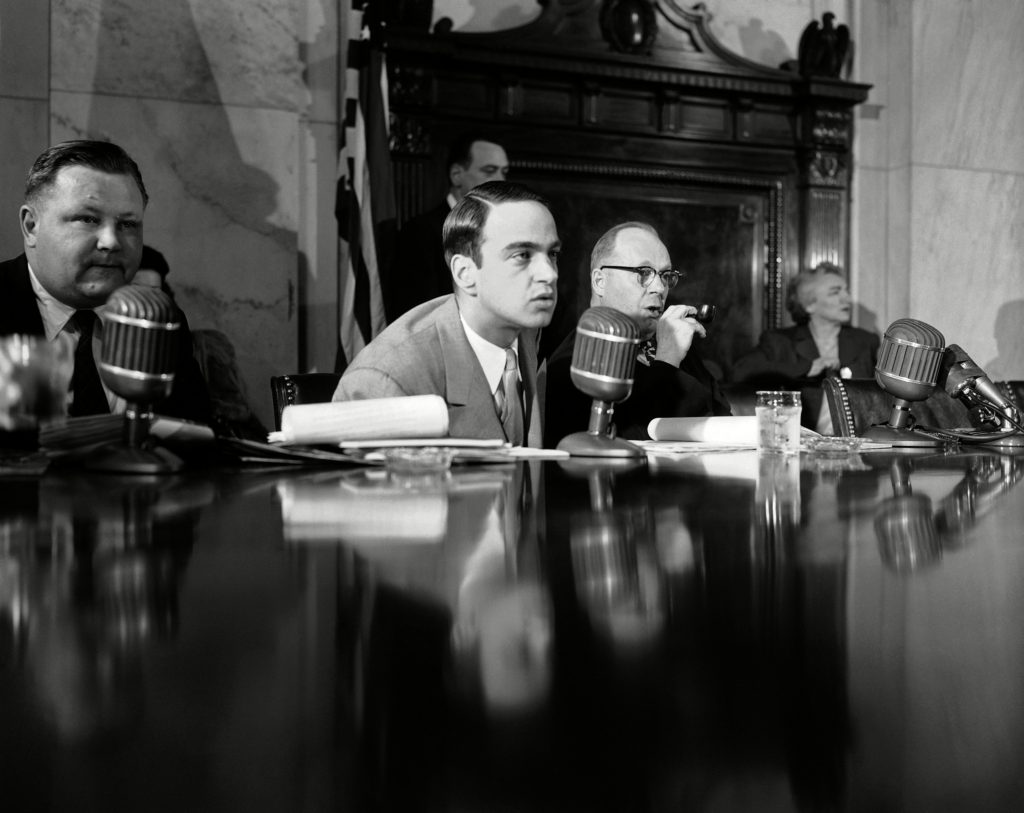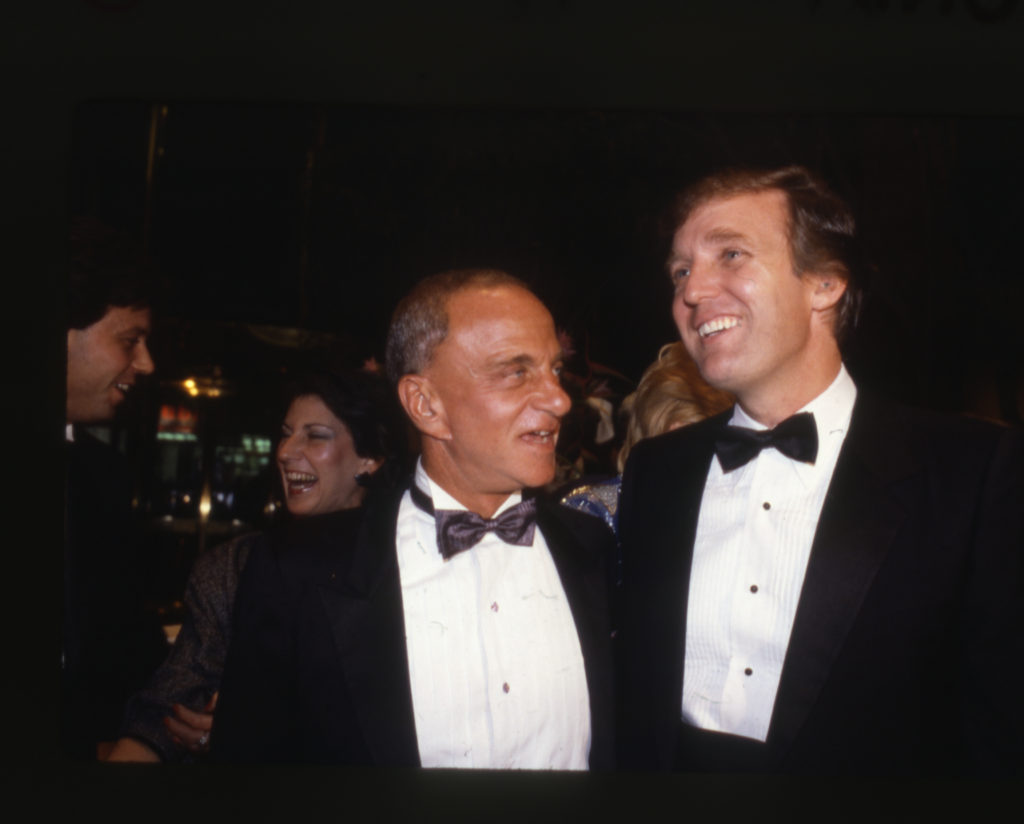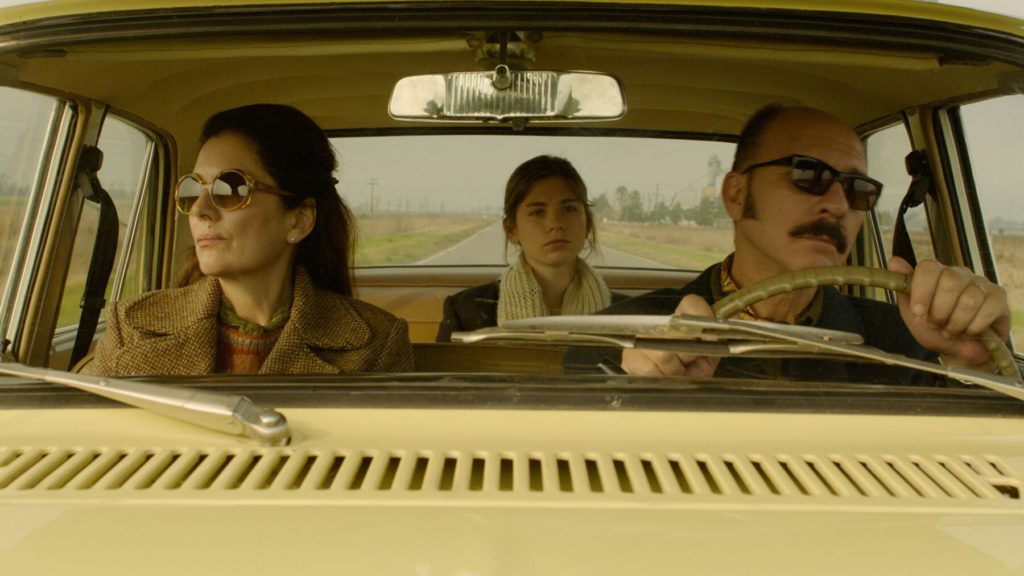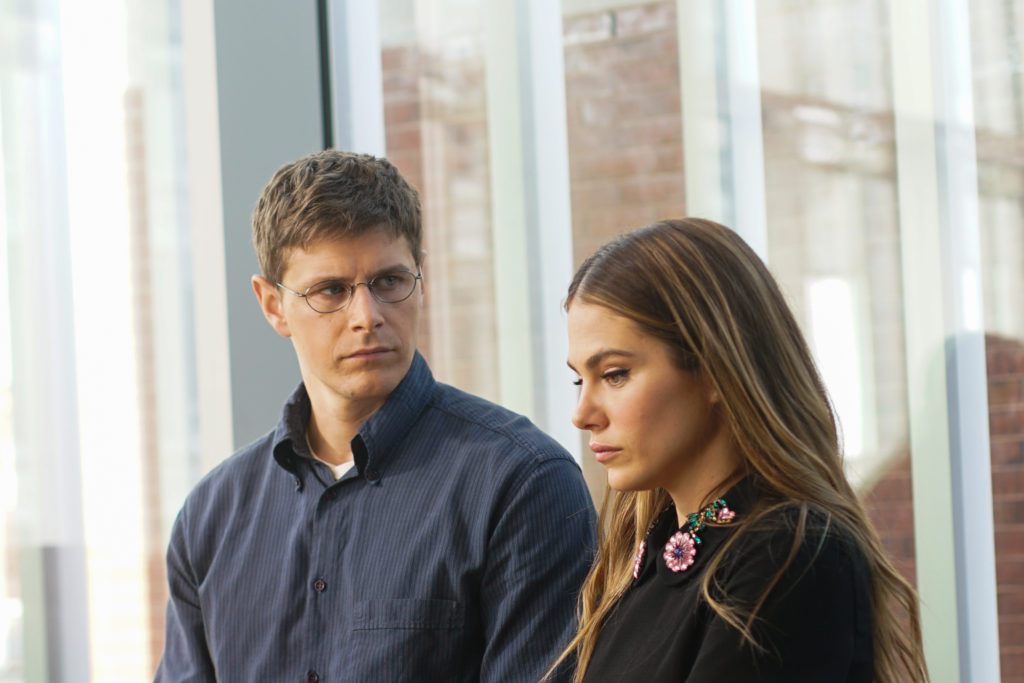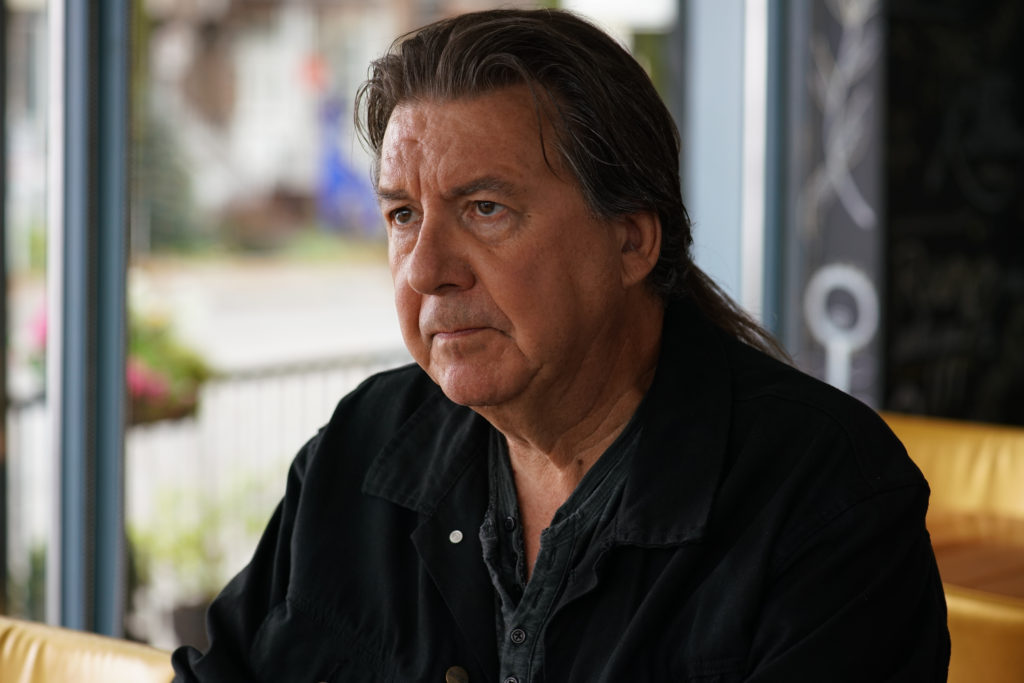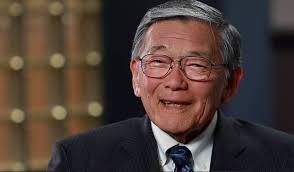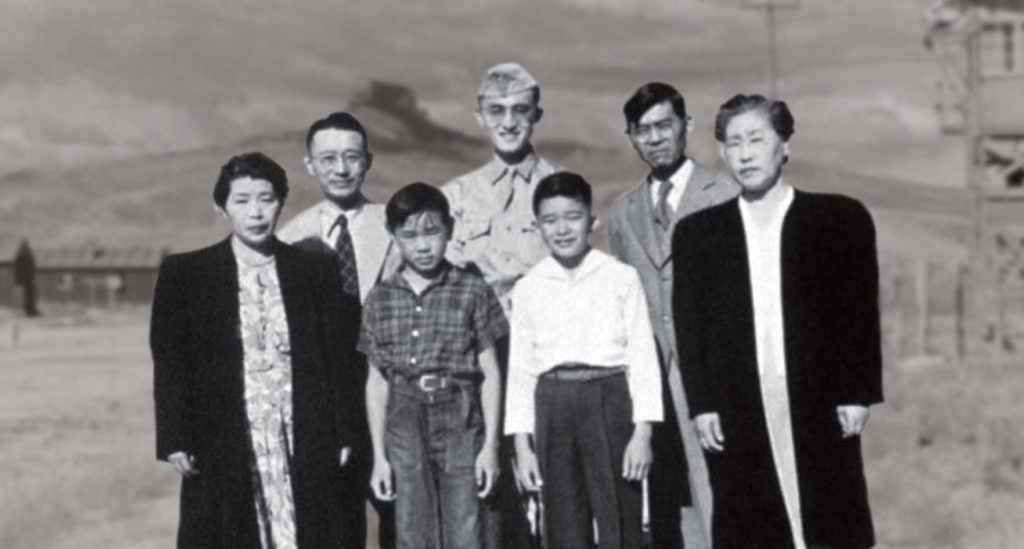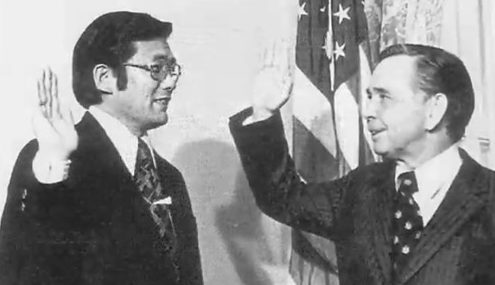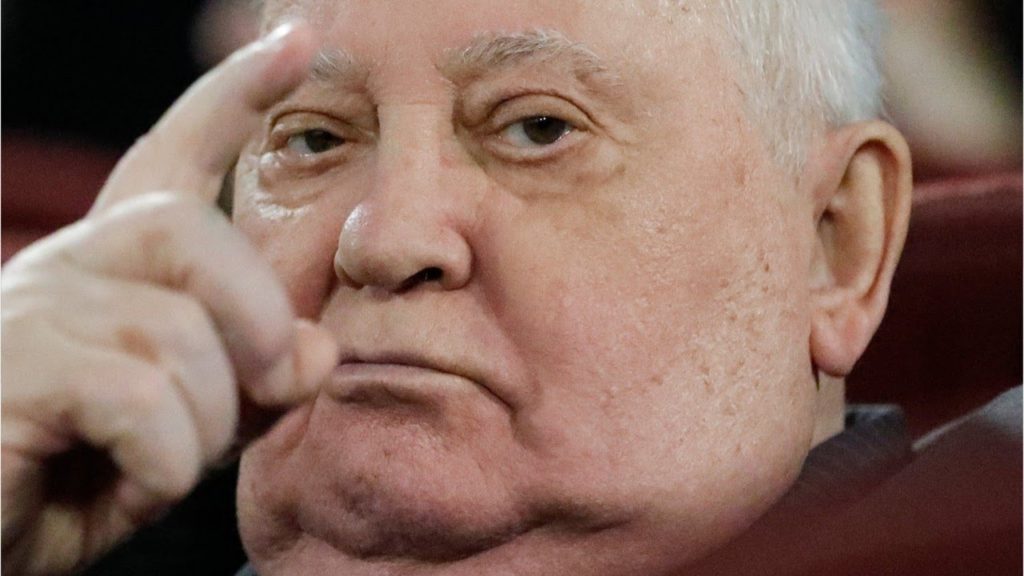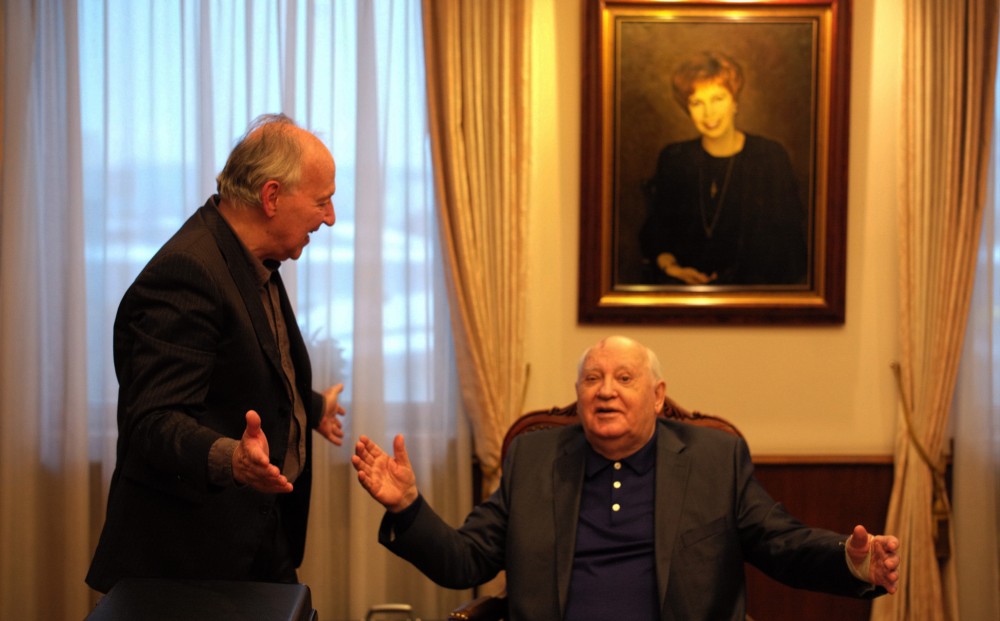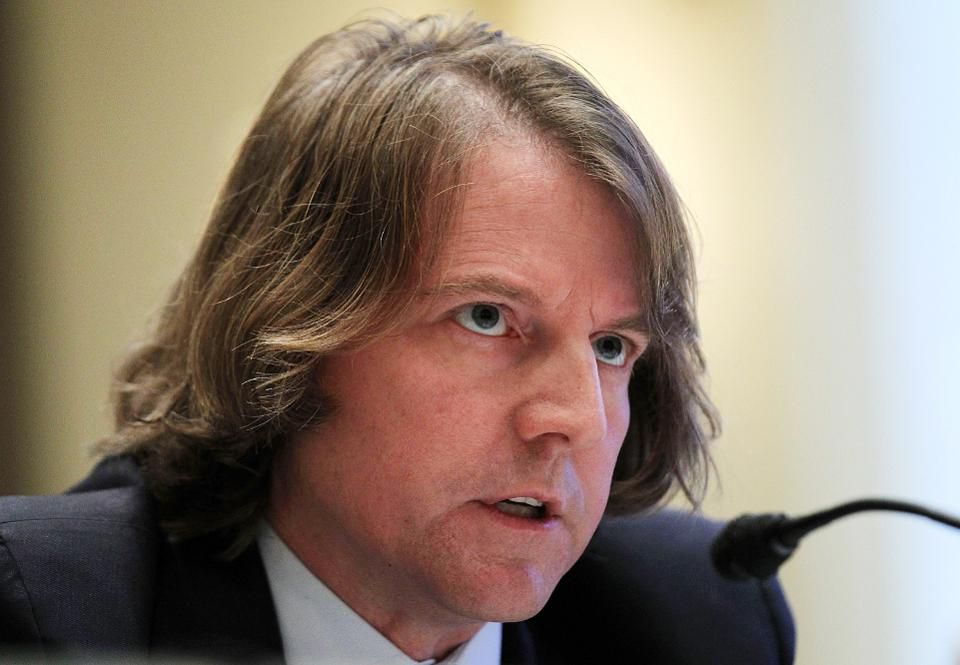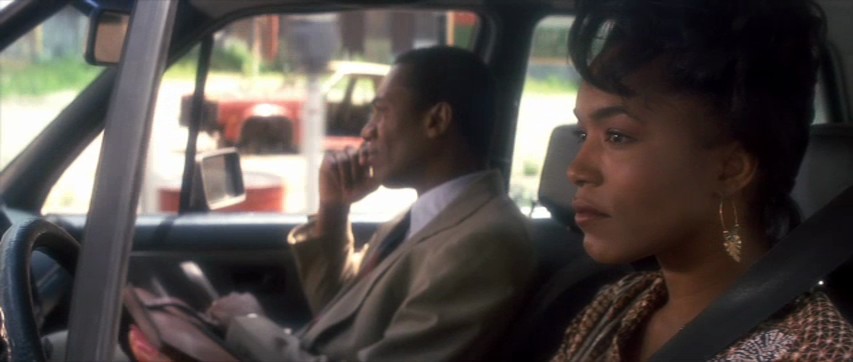
John Sayles’ City of Hope, almost thirty years old, is still searingly relevant on race in America and is still one of the most incisive films on American politics. Life is complicated, so is America and so are politics. Most political films are NOT complicated, but Sayles respects the audience enough to give us a realistic story in a realistic community setting.
City of Hope features over twenty characters braided together in interlocking story threads. It’s set in an Eastern US City very much like Newark, New Jersey. An Italian-American business and political establishment is still clinging to the levers of power, as an emerging black and brown majority pushes for inclusion. There is racial tension and everyday political corruption – and people must get on with their lives.
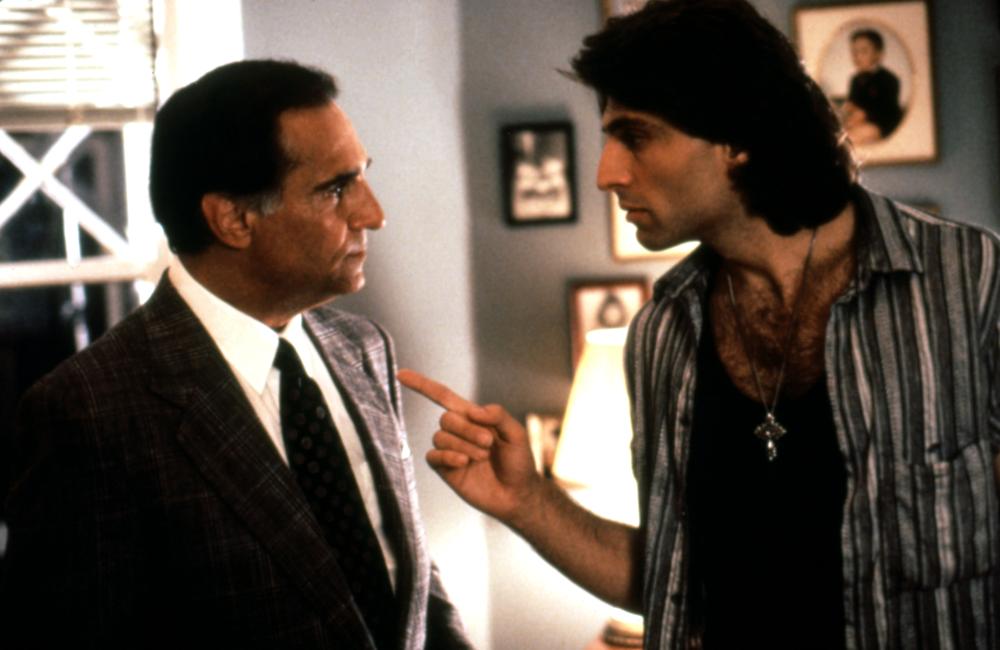
A self-made contractor (Tony Lo Bianco) is trying to finish a big project but the driving forces of race and politics intervene, just as his troubled and immature son (Vincent Spano) is flaming out. An African-American professor-turned elected official (Joe Morton) is trying to keep his integrity, maintain credibility with the black community and be effective – which is hard to do at the same time. And that really just kicks things off.
City of Hope has an extraordinary cast that includes many stars early in their careers: Angela Bassett, Chris Cooper, Gina Gershon, Frankie Faison, Miriam Colon. Kevin Tighe is absolutely brilliant as a police union official whose every personal interaction is designed to increase his political leverage (this is a guy that I’ve met many times on my day job). Tom Wright is compelling as Malik, a distrustful activist. The great David Strathairn, who has appeared in six of Sayles’ films, is unforgettable as Asteroid, a schizophrenic street dweller.
Sayles and Sayles’ life partner Maggi Renzi, who has produced all his films, carved out juicy – and the least sympathetic roles – for themselves. In a hilarious turn, Renzi plays a Greek Chorus in the form of an Italian homemaker (They don’t LISTEN!). Sayles himself plays Carl, a treacherous and reptilian scumbag of a local crime lord.
City of Hope was released in 1991, right on the heels of 1989’s Do the Right Thing – both remain as insightful on America’s race issues as they were thirty years ago. City of Hope is said to have influenced The Wire. City of Hope may be streamed from iTunes, Vudu, YouTube and Google Play.
